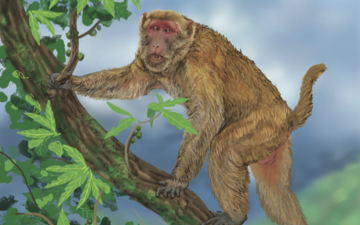Animalia

Asiatic Elephant
Elephas maximus


5 POINTS
TERAI
PLAY: The asiatic elephant has a MOVE of 2
FACT: This elephant is the largest living land animal in Asia.

Giant Honey Bee
Apis dorsata


4 POINTS
TERAI
PLAY: The giant honey bee has a FLIGHT of 2
FACT: This bee makes a unique type of hive where the comb hangs, and the honey tends to collect at the top and to one side.

Spotted Deer
Axis axis


5 POINTS
TERAI
PLAY: This spotted deer has a MOVE of 2.
FACT: The Spotted deer thrives in thick forests as well as scrub jungles and has the ability to camouflage in dry deciduous forests.

Assamese Macaque
Macaca assamensis


4 POINTS
HILL
PLAY: The Assamese macaque has a MOVE of 2
FACT: This species is threatened due to loss of habitat from logging, as well as hunting and trapping for sport, medicine and food.

Red Panda
Ailurus fulgens


3 POINTS
MOUNTAIN
PLAY: The red panda has a MOVE of 2
FACT: Nepalese population estimates only a few hundred animals.

Spiny Babbler
Turdoides nipalensis


3 POINTS
HILL
PLAY: The spiny babbler has a FLIGHT of 2.
FACT: The spiny babbler is threatened by the clearance of scrub for agriculture and expansion of urban areas.